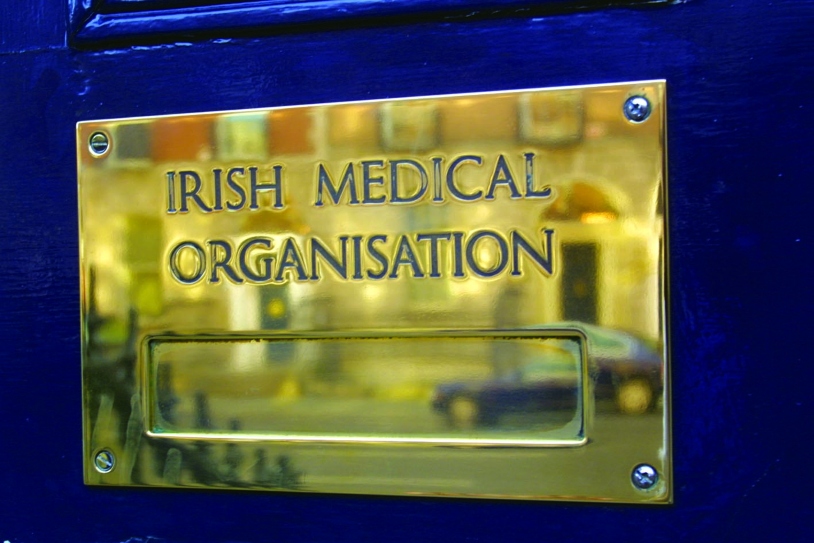The Mental Health Commission (MHC) has published inspection reports on five of the country’s in-patient mental health units, finding one critical and eight high non-compliance risk ratings in one Dublin unit.
The Inspector of Mental Health Services, Dr Susan Finnerty, said: “It is encouraging to see that there have been high levels of compliance in four of the five centres inspected. However, it’s disappointing to see individual care plans and premises feature prominently again in most of the reports. An individual care plan is a personalised guide to recovery and managing illness. Without a complete plan, with input from the multidisciplinary team and the individual, the person receiving treatment is at a disadvantage. The plans are core to recovery and it’s clear in three of the inspection reports that there are issues with the preparation and maintenance of those plans.”
Commenting on the inspection reports, the Chief Executive of the MHC, John Farrelly, said: “Again, we see that issues around premises feature highly in our inspection reports. The very least a person who is experiencing mental illness needs is a comfortable, safe place in which to be able to recover. For example, the Inspector found that residents placed in seclusion at one centre did not have access to adequate toilet and washing facilities. Inferior levels of treatment such as this are simply no longer acceptable and must be routed out.”
Of the five inspection reports published today, one unit, Lois Bridges in Dublin, achieved 100 per cent compliance in 2020. The following issues were identified in the four remaining centres:
- In the Department of Psychiatry, Connolly Hospital in Dublin,one critical risk rating was identified, along with eight high and four moderate non-compliances risk ratings. The Inspector noted in the report that there has been no progress in improving compliance with regulations, rules, and codes of practice since 2016.
The critical risk rating was in relation to the regulation on the maintenance of records because the centre did not ensure that records and reports were maintained in a manner that would ensure ease of retrieval, and did not ensure that all records were in good order. The inspection report found that not all resident records were developed and maintained in a logical sequence; that a number of files were not maintained in good order and had loose pages; and that two appropriate resident identifiers were not recorded on all documentation across a number of clinical files.
The eight high risk ratings were with regard to communication; individual care plans; general health; premises; staffing; risk management procedures; the code of practice on the use of physical restraint; and the code of practice relating to the admission, transfer and discharge to and from an approved centre.
Regarding safety in the approved centre, the Inspector found that fire doors had been fitted but chairs and waste bins were holding doors open. Tape obstructed the smoke detector, rendering it ineffective. Two fire drills were not carried out in the previous year as required by the policy. In addition, structural risks – including ligature points – were not removed or effectively mitigated. There were also insufficient numbers of panic alarms available.
The Inspector examined 10 individual care plans and found that two were not developed by the resident’s multidisciplinary team following a comprehensive assessment; two were not discussed or drawn up with the participation of the resident; one did not identify goals, resources, or the treatment required to meet the resident’s identified goals; and one was not reviewed weekly by the resident’s multidisciplinary team, or updated following review. The Inspector also found that not all residents’ general health needs were documented to have been monitored and assessed at least every six months.
The Inspector also found that a resident observation checklist containing residents’ full names was left unattended on a corridor in one ward. In addition, CCTV cameras or other monitoring systems used to observe a resident were capable of recording or storing a resident’s image on a tape, disc, hard drive, or in any other form. The CCTV cameras transmitted images to a monitor that was not viewed solely by the health professionals responsible for the resident.
Regarding governance of the approved centre, the Inspector found that the split governance system led to uncertainty and confusion regarding completion of maintenance projects. Connolly Hospital was responsible for some projects and North Dublin Mental Health Service (NDMHS) accounted for some of the costs in their budget.
Following the inspection, the MHC took several steps in line with its escalation policy. This included the issuing of an immediate action notice regarding fire safety, while the centre had two conditions attached to its registration relating to individual care plans, and to staffing.
- In the Grangemore Ward in St Otteran’s Hospital on the outskirts of Waterford city, the inspectors found two moderate and one low non-compliance risk ratings. The centre achieved 91 per cent compliance, up from 68 per cent in 2019.
The two moderate risk ratings related to individual care plans, premises and the low risk rating referred to the register of residents.
The Inspector found that two individual care plans were not reviewed by the full multidisciplinary team in consultation with the resident, while one care plan was not reviewed within the required six-month timeframe. They also found that not all residents had a single en suite bedroom.
- The child and adolescent mental health inpatient unit at Merlin Park University Hospital in Galway had one non-complaint high risk rating in relation to the rule governing the use of seclusion.
The approved centre has two individual units – Woodsend and the Willows. It had a compliance level of 97%, up from 85% in 2019.
The Inspector found the seclusion room had been designed with a hard floor fitting, which posed a risk to resident safety. Residents in seclusion did not have access to adequate toilet and washing facilities. There was no showering unit in the toilet which was located adjacent to the seclusion room. The location of the seclusion room had been deemed unsuitable and plans to relocate this facility had not progressed.
Following the inspection, a condition was attached to the registration of this centre relating to the development of a costed, funded and timebound plan to replace the current seclusion facilities, and that this plan be provided to the MHC during February 2021.
- In Eist Linn child and adolescent inpatient unit in Cork,three moderate non-compliance risk ratings were identified in relation to individual care plans, privacy, and premises. It had a compliance level of 90%, up from 78% in 2019. Eist Linn is one of four national inpatient child and adolescent services.
The Inspector found that the individual care plans did not identify appropriate goals for two of the five resident files reviewed.












Leave a Reply
You must be logged in to post a comment.